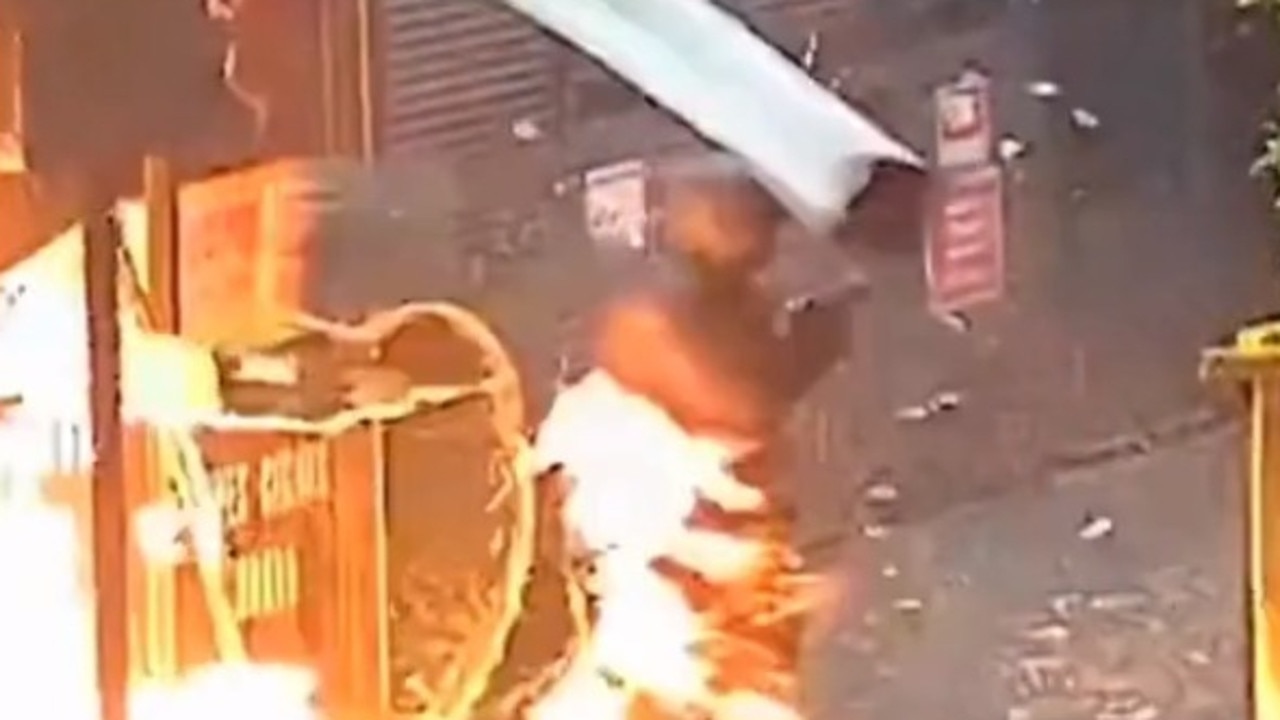Coronavirus in Australia: Singapore’s model of containment – how it worked and why it’s effective
One country is on the doorstep of the worst of the coronavirus chaos, but it’s managed to avoid total mayhem. Now we’re hoping to do the same.
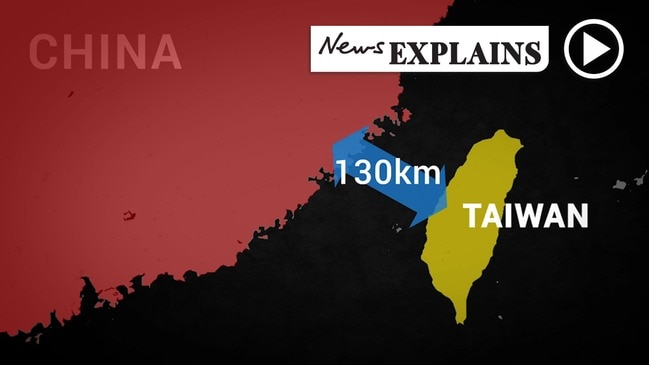
It’s a busy and extremely dense Asian city home to 5.6 million people, with an airport that millions of people travel through, sitting on the doorstep of the coronavirus chaos.
And yet Singapore has managed to escape relatively unscathed from the same sort of rapid spread and death toll that has gripped a growing number of its neighbours.
“Singapore has been one of the more successful countries,” Prime Minister Scott Morrison said yesterday.
“In Singapore, they've been quite effective in managing and limiting the transmission of this virus in that country.”
Australia’s response to the pandemic will increasingly mirror that which was rolled out in Singapore within hours of the first confirmed case of the disease back in January.
Will it work to slow the spread and save lives?
DETECT, ISOLATE, TRACK
From the moment the first case of coronavirus in Singapore was detected, its government moved to implement a wide-reaching plan to slow the spread.
The main element can be described as: Detect, isolate and track.
RELATED: Follow the latest coronavirus updates
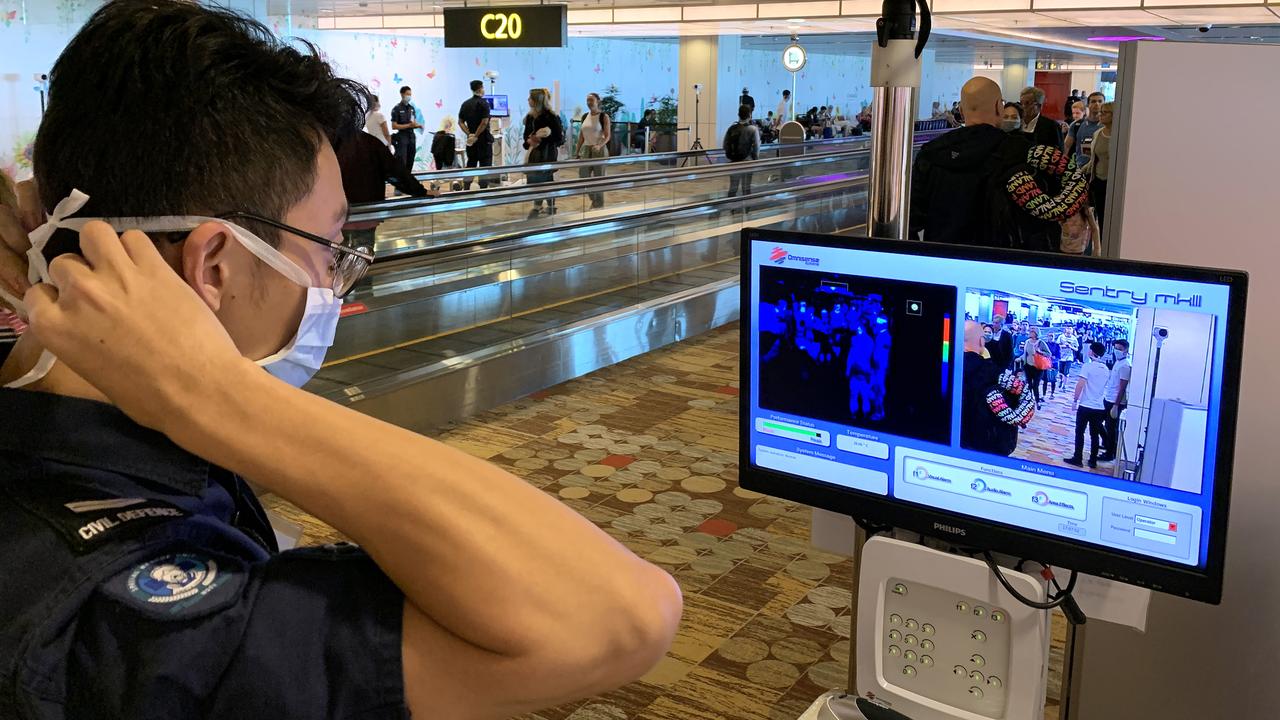
Health authorities have conducted a huge number of tests to determine who has coronavirus.
People with confirmed cases are then isolated in hospital – no exceptions.
Those at home in isolation because they’re likely to develop coronavirus but don’t yet have symptoms are tracked by authorities to ensure they’re not breaching the strict measures in place.
They are asked to “check in” via mobile phone each day and their geolocation is recorded. If someone isn’t at home where they’re meant to be, officials will find out.
Strict penalties are imposed, including deportation for foreigners who cheat the system.
It might sound a little Big Brother to some, but it has been effective in keeping on top of the outbreak.
The World Health Organisation praised the approach.
“We are very impressed with the efforts they are making to find every case, follow up with contacts, and stop transmission,” WHO chief Tedros Adhanom Ghebreyesus said.
Tracking is also key – finding out who confirmed cases have had contact with and monitoring them to avoid unknown spread.
“We want to stay one or two steps ahead of the virus,” Vernon Lee, director of the communicable diseases division at Singapore’s Ministry of Health, told the New York Times.
“If you chase the virus, you will always be behind the curve.”
RELATED: All your questions about coronavirus answered
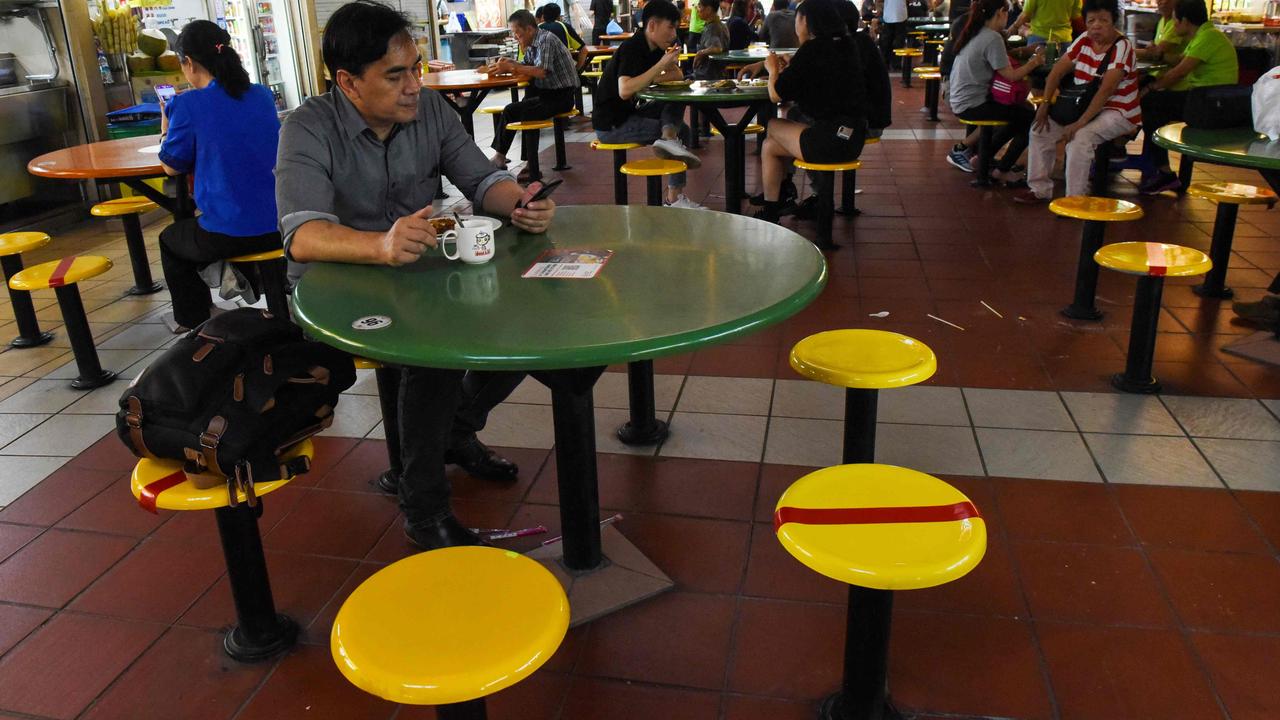
People who had come into contact with a confirmed case of coronavirus were asked to stay home for 14 days.
This meant not going to work and avoiding large gatherings.
Any building that housed a medical facility of any kind, including shopping centres, limited entry and exit points to just one and temperature checked everyone passing through.
Schools also conducted regular temperature checks on children.
SAVVY PUBLIC INFORMATION
At the start of the outbreak, Singapore’s Prime Minister Lee Hsien Loong held a press conference to outline to his people exactly what measures were being implemented.
His office also launched a group on WhatsApp to keep citizens updated, with multiple communications a day sent to hundreds of thousands of people.
“Fake news is typically propagated through WhatsApp, so messaging with the same interface can help stem this flow,” Sarah Espaldon, Operations Marketing Manager from Singapore’s Open Government Products unit, told GovInsider.
The messages seek to update and reassure people. It has also been successful in promoting good behaviour.
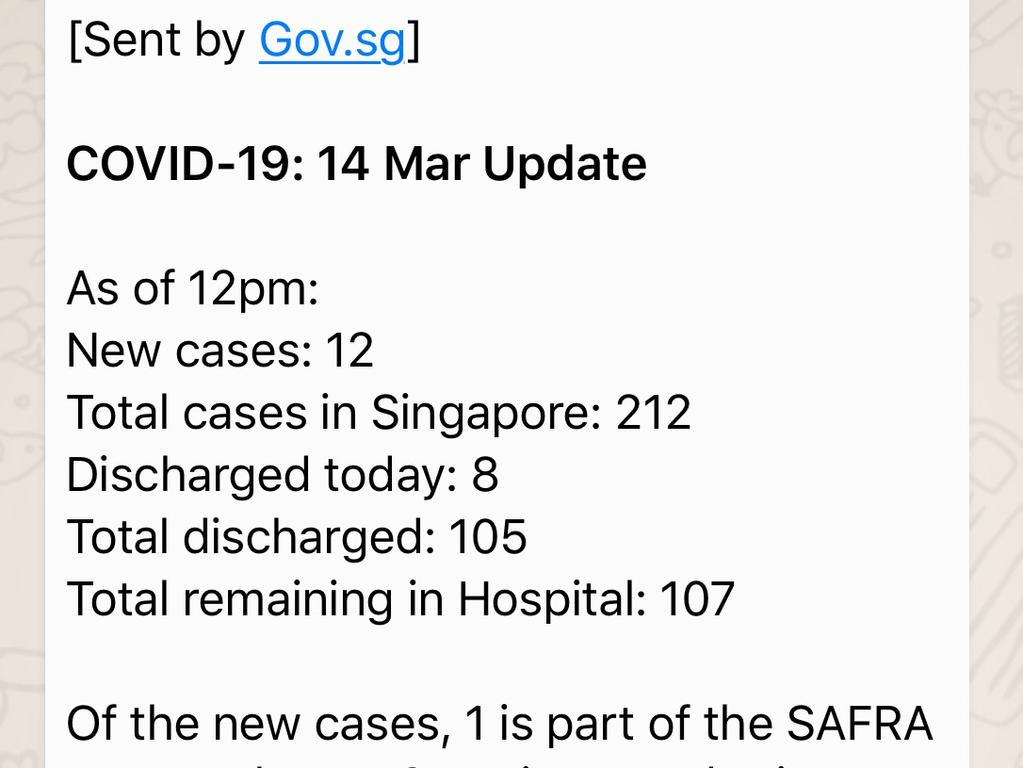
“We have been very strong on community engagement,” Dr Fisher said.
“The messages we send are: if you are sick, stay home. If you are sick and have had contact with a COVID-19 patient, come in for a test. If you can’t stay home and you have to go out, wear a mask. If you cough, cough into your elbow. Avoid crowds, particularly indoors.
“To everyone else, we say social distancing. For restaurant and bar owners, try and reduce the number of people in your businesses.
“People know what to do and they know if there’s a lockdown, they’re going to be closed. There’s a lot of business and revenue to be lost.”
Local artists designed sticker packs for WhatsApp to boost community harmony and effectively spread key messaging.
Designs discouraging panic-buying and stockpiling are credited with helping to bring a quick end to Singapore’s own toilet paper shortages.
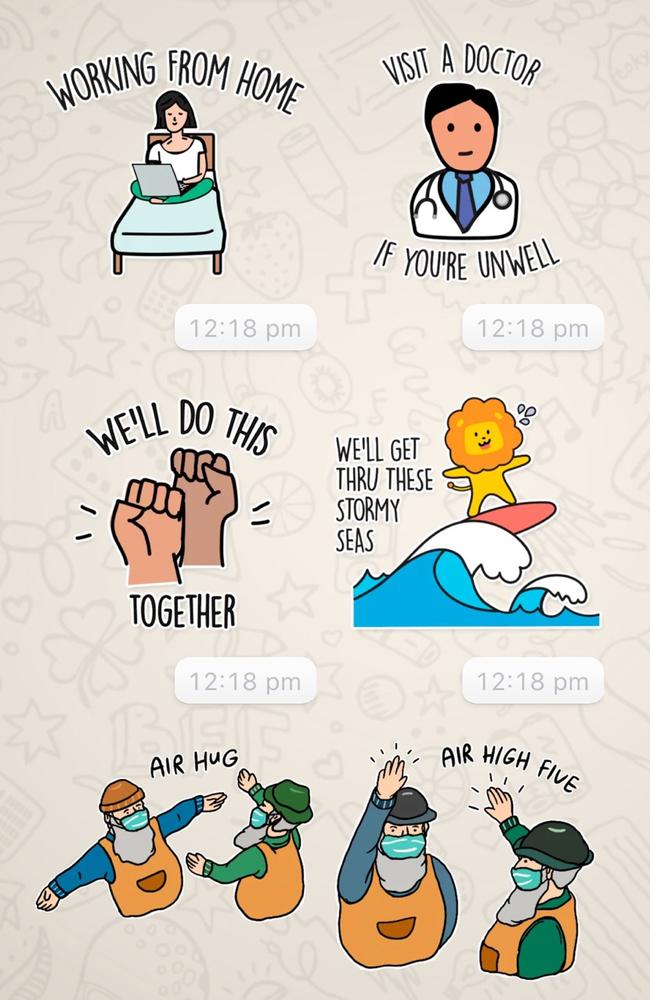
IT’S WORKED
Singapore was highly vulnerable to coronavirus and faced a public health disaster, like many other countries globally are now experiencing.
Malaysia, just across the border, has at least 670 confirmed cases of coronavirus and has now implemented a nationwide lockdown to slow the rapid spread.
Singapore’s international airport is a global air travel hub, receiving large volumes of transiting passengers and visitors from China and Europe.
As the outbreak began, a large population of holiday-makers from mainland China descended on Singapore for the Lunar New Year holiday.
This isn’t the first time in recent history that authorities there have battled a global pandemic – and they’ve learned the lessons.
During the outbreak of SARS in 2003, Singapore was hard hit and several identified “superspreaders” contributed to mass infections.
A young woman who was infected while holidaying overseas returned home to Singapore in February and a transmission chain developed.
In the end, 238 cases of SARS were reported and 33 people died as a result.
RELATED: Doctor’s blunt warning on the handshake
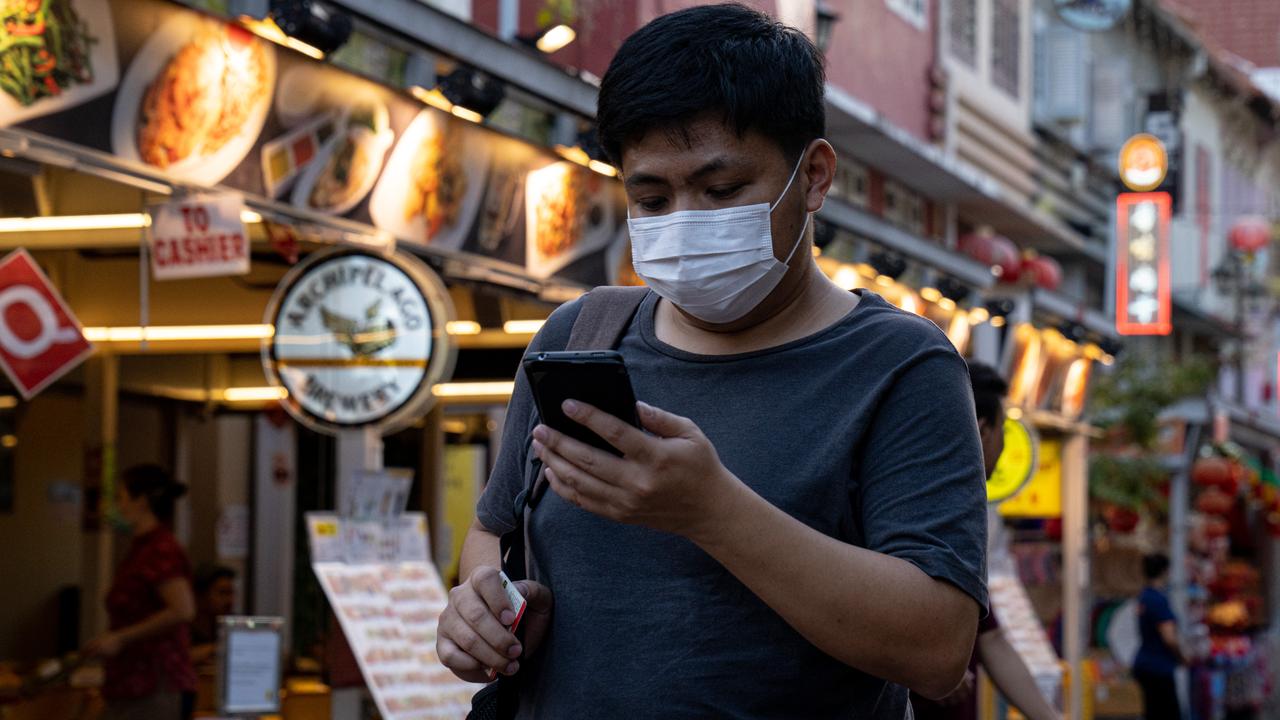
Dale Fisher, chair of infection control at the National University Hospital in Singapore, said SARS showed the government it had been ill-prepared for such a crisis.
“It was aware then that its infrastructure wasn’t ready for an outbreak of this kind (and) so, in the years since, isolation hospitals were built, more negative pressure rooms were created and legislation was put in place,” Dr Fisher wrote in an article for The Conversation.
SERIOUS BUT NOT SEVERE
Like Australia, Singapore hasn’t decided to close its schools because it’s viewed by health authorities as unnecessary.
“We are not closing schools because we are looking for a proportionate response which is sustainable through several months and is possibly scalable into the future, depending on circumstances,” Australia’s Deputy Chief Medical Officer Professor Paul Kelly said today.
The circumstances in Australia are vastly different to countries where some or many schools have closed, he said.
The United Kingdom shut down some schools this week, but they have more than 2600 confirmed cases of coronavirus and 71 people have died.
While Singapore has been a model for the rest of the world, the ABC’s medical commentator Dr Norman Swan pointed out that there’s been a slight increase in new cases.
“Singapore is starting to kick up,” he told ABC News 24 this morning.
“They haven't shut schools. They've been light touch. They're doing a lot of public information, but the numbers in Singapore over the last few days are going like New South Wales particularly, going straight up.”
But Singapore is still an outlier when it comes to the rapid spread and death toll of coronavirus.


